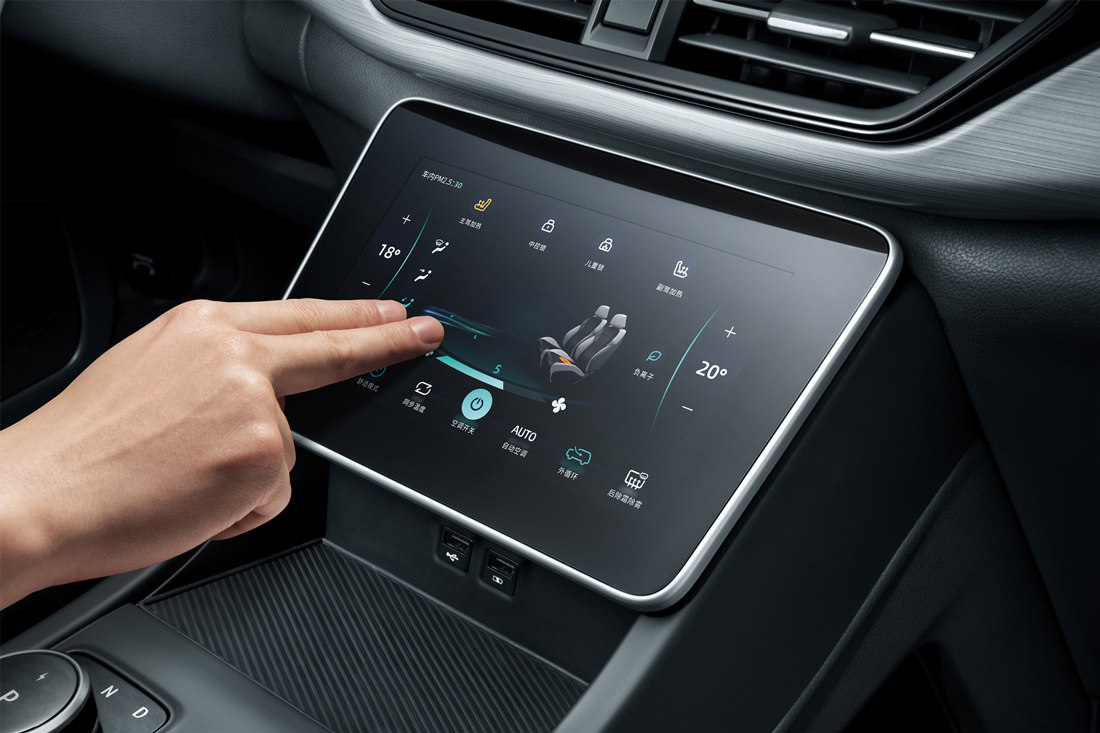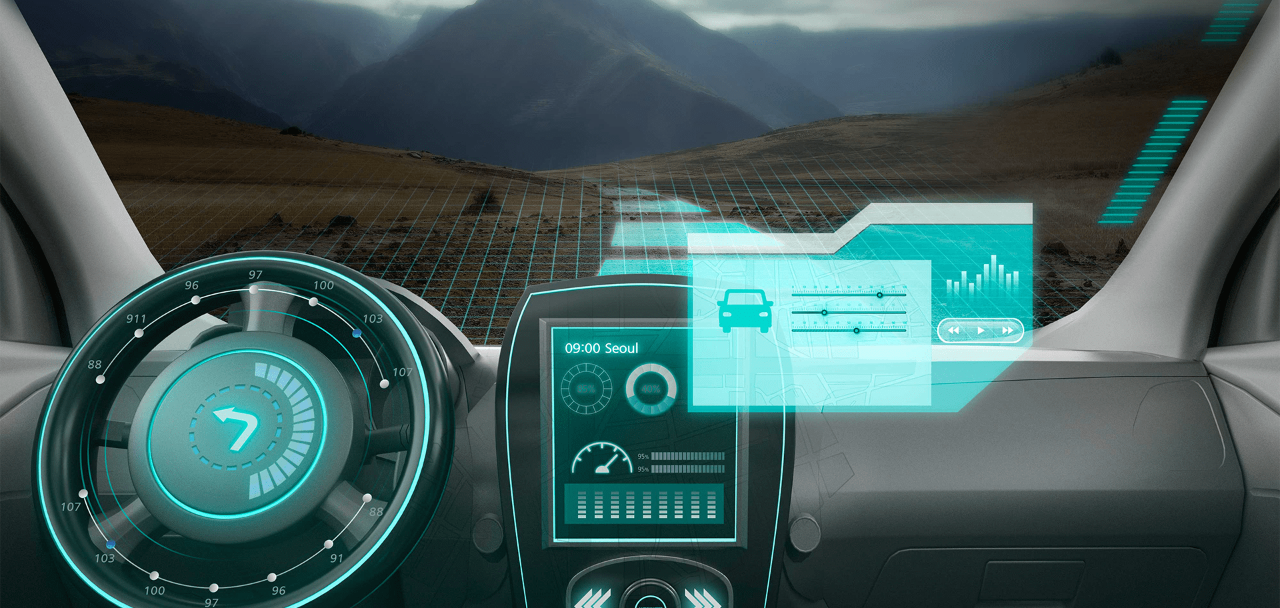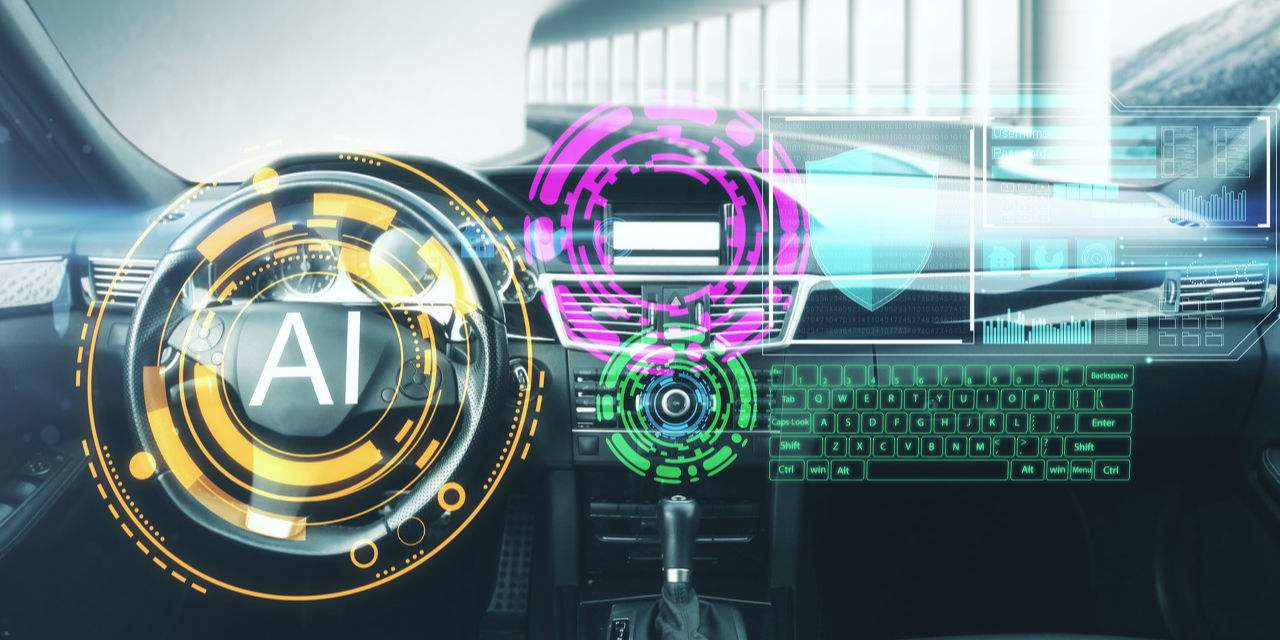Author: Su Qin
During the recently concluded 2022 Global New Energy and Intelligent Connected Vehicle Supply Chain Innovation Conference, Miao Wei, Vice Chairman of the Economic Committee of the National Committee of the Chinese People’s Political Consultative Conference, once again proposed that after the “chip” crisis, the Chinese automotive industry needs its own operating system. The operating system should be viewed as a supply chain issue, and the time window is approximately 3-5 years.
Going back to the 1990s when the era of computer information emerged, the initial multimedia functions only achieved music playback. The second generation added DVD, MP3, and navigation. The third-generation operating system 3.0 has added driving assistance systems, 360-degree 3D panoramic driving vision assistance systems, and the new and smooth UI2.0 information aggregation desktop function… With the progress of the times, first the touch screen and multi-functional central control screen were released, then new energy vehicle companies such as Tesla, XPeng, and NIO explored the operating system, and the car operating system gradually became valued by major automakers.
In fact, at the National People’s Congress last year, Fang Yunzhou, the founder and CEO of NETA Automobile and a representative of the National People’s Congress, proposed proactively to establish a “national team”, develop a development plan and industry standards for China’s in-car system, and encourage and guide the development of China’s in-car system to achieve self-reliance from the basic level and avoid being “strangled by others.” Meanwhile, “a new round of technological revolution and industrial transformation is booming, and the integration of technology such as electrification, intelligence, and networking in the field of automobiles, energy, transportation, and information communication has become the trend and direction of the automobile industry.”
Therefore, the smart core of the car is locked in the operating system.
Fortunately, major automakers have now realized this and have begun independent research and development, and have introduced operating systems that support OTA continuous upgrades. Especially new energy vehicle brands, they have developed some representative operating systems, mainly divided into five categories:
The first category is the ROM-type operating system, with the underlying operation generally based on QNX or Linux. For example, BYD – DiLink (ROM-type operating system) is built based on the Android system and adopts its own Linux system. Its biggest advantage is a massive number of APPs, such as commonly used navigation systems, movies, Douyin, and switching between horizontal and vertical screen modes, and third-party maps such as Gaode Maps, Baidu Maps, and Tencent Maps, but Linux also has a fatal flaw, it is temporarily unable to perform level certification, so it will be inferior in auxiliary driving operating systems; NIO – Nomi artificial intelligence system, based on the vehicle’s computing power and cloud computing platform, integrates voice interaction system and intelligent emotional engine, creating a new human-vehicle interaction mode, supporting OTA upgrades, multiple voice control, and other abilities.
The second type is customized operating systems. WM Motor collaborates with BlackBerry to apply the globally highest security and stability BlackBerry QNX system in the WM W6 using the non-open-source BlackBerry QNX SDP 7.0 as the underlying vehicle system. It matches with the Qualcomm Snapdragon 8155SA vehicle chip to bring a fast, stable, and safe in-vehicle system.
The third type is basic operating systems. AITO – Harmony OS is a distributed operating system based on a microkernel for all scenarios, supporting CarPlay that allows all iPhone functions to be used in the in-vehicle control system.
The fourth type is AUTOSAR, a standard from the European automotive industry, used by companies such as Ford, Toyota, and General Motors.
The last type is functional software, such as Guoqi Zhikong.
It is evident that many operating systems are developed for specific in-vehicle functions, and they cannot be compatible or interoperable among each other. Therefore, they can only correspond to the hardware and software of each vehicle model, resulting in waste of time, effort, and low efficiency in technology.
At the same time, these issues have also caused resonance among industry professionals.
Zhou Jianguang, the Chief Technology Officer of China Intelligence Automotive Industry Innovation Center, believes that there are many companies working on operating systems nowadays. Some are establishing their software platforms for the entire vehicle to master the software platform and create their ecosystem, not allowing suppliers to participate. Some other automakers are only doing a closed full-stack vertical self-research.
Currently, the core function of the operating system remains navigation. Facing complex roads, achieving precise positioning still requires technological breakthroughs, and there is no standardization yet.
In response, Professor and academician of the Chinese Academy of Engineering at Tsinghua University School of Vehicle and Mobility Wong Wai suggests that the in-vehicle operating system can be defined as system software + functional software.
Similarly, Wang Hui, the Secretary-General’s assistant of the China Association of Automobile Manufacturers, also regards that intelligent vehicles are becoming more like smartphones, and the intelligent vehicles will gradually move towards intelligent terminals.
 The operating system of a car is like a smartphone, and it is relatively limited in the process of transitioning to intelligent functions. For example, Apple’s iOS operating system is closed-source, closed, and not open for free use; Google’s Android operating system is open-source, open, and free for everyone to use. In comparison, Apple occupies 10%-20% of the market share, while nearly all other phone manufacturers choose Android.
The operating system of a car is like a smartphone, and it is relatively limited in the process of transitioning to intelligent functions. For example, Apple’s iOS operating system is closed-source, closed, and not open for free use; Google’s Android operating system is open-source, open, and free for everyone to use. In comparison, Apple occupies 10%-20% of the market share, while nearly all other phone manufacturers choose Android.
The reason for mentioning the issue of “openness and openness” is that Huawei’s Android system was previously restricted from using APP application software on Android, forcing Huawei to switch to Hongmeng system from the previously-used industrial operating system to overcome the difficulties.
This also serves as a reminder to manufacturers who regard Android as the preferred solution for car operating systems because although it is unlikely to face a similar situation to chip shortages in the short term, it is difficult to ensure that related goods or enterprises will not experience sanctions in this field once smart connected cars develop to a certain stage.
Therefore, we need a set of independently developed car operating systems. Moreover, with China accounting for one-third of the global automobile production and half of new energy, it would be regrettable to give up the right to customize standards. The National Passenger Car Market Information Joint Conference Secretary-General Cui Dongshu said that the car operating system is an opportunity for the future development of the automotive industry but also a risk point. The self-control of the operating system is a practical issue with high foresight.
From the perspective of the development of the automotive market, the success of a car operating system lies in accumulating enough users, a large enough volume, sufficient numbers of apps, and the stickiness of developers. Combining hardware with software is an essential condition.
The car operating system has evolved from traditional automotive electronics basic software. Traditional automotive electronic products are divided into two categories: The first category refers to the automotive electronic control system, which is closer to the underlying hardware and is known as the ECU (Electronic Control Unit). It includes automatic transmission control unit TCU, electronic stability program ESP, battery management system BMS, etc. to control the engine, transmission, power battery, and other collaborative work systems. This type of system involves safety and driving performance.
The second category is the intelligent operating system that is closely related to business such as automated driving and intelligent cockpit. Examples include instrumentation, central control, head-up display, and streaming media rear-view mirror. The driving performance and safety of the vehicle are subordinate to the underlying operating system.
In addition, Wang Yao, the assistant secretary-general of the China Association of Automobile Manufacturers, pointed out that it is difficult to unify car operating systems, and technical software, architecture, and investment issues must be considered.From a practical perspective, Liu Jianye pointed out three challenges currently facing the development of domestically-manufactured, controllable autonomous systems in China:
-
Productization: Due to demanding requirements from automakers on chips and operating systems, consideration must be given to the ability to make long-term investments.
-
Safety: The most complex aspect of operating systems is autonomous driving technology. The key is whether safety problems can be effectively solved.
-
Ecosystem development: The development of vehicle ecosystems poses a major test to technology, and all chips and application-supported operating systems are crucial.
The issues and pain points of current operating systems can only be solved through market-oriented approaches.
It should be noted that it is users who hold the decision-making power in the market. For users, intermediary layers and operating systems are meaningless, and what really matters to them is their experience.
In terms of configuration experience, many of users’ requirements are actually created to arouse their purchasing desire. For example, to attract users, car display screens are becoming larger and more numerous, with more functions. There are even some cars that use virtual screens to replace most of the physical buttons on the console, resulting in a series of safety risks.
Next is the “assisted driving” feature. Compared with the entertainment experience brought by operating systems, features such as reversing/panoramic images, parking assistance, voice input, and remote rescue in operating system assisted driving can bring safer and more efficient driving experiences, with even greater significance.
Finally, there is a demand for improved expandability during the driving experience. Now, many car models consider installing display screens and multimedia operating systems in the rear seats, but the demand for passengers in the front seat has been largely ignored. Even if they are considered, at most it is only sharing a central control screen with the driver.
In other words, what users really care about is whether technological changes can bring a brand new driving experience to their intelligent cabins and autonomous driving. If most car manufacturers are still trapped in the vicious cycle of “selling points” when it comes to operating system upgrades, then those so-called “black technology” concepts will inevitably be proved to be futile in the users’ process of usage.
EV Talks:
Currently, we have a huge user base and the advantage of rich underlying data. It is predicted that the market for car operating systems will reach 37 billion US dollars by 2025 and 50 billion US dollars by 2030.
The road to a unified car operating system is indeed difficult, but in the era of rapid development of intelligent automobiles and the concept of a software-defined car becoming a consensus, chips + operating systems + data are the keys to achieving smart vehicles.Perhaps in the future, automotive operating systems will be mainly divided into two categories: autonomous driving OS and intelligent cockpit OS. Each automaker adopts the form of separating multiple domains, focusing on the intelligent cockpit domain operating system that emphasizes openness, compatibility, and ecology, as well as the autonomous driving domain that emphasizes real-time, safety, and stability. Different automakers have different divisions for each domain according to their own plans, such as Huawei focusing on autonomous driving, intelligent cockpit, and vehicle control, while Volkswagen’s MEB platform focuses on autonomous driving, intelligent cockpit, and body control domains.
However, what we want to say is that no matter what form the future in-vehicle operating system will be divided into, as long as the technology is truly in our own hands, it can drive the entire intelligent automobile industry and improve international competitiveness.
This article is a translation by ChatGPT of a Chinese report from 42HOW. If you have any questions about it, please email bd@42how.com.
